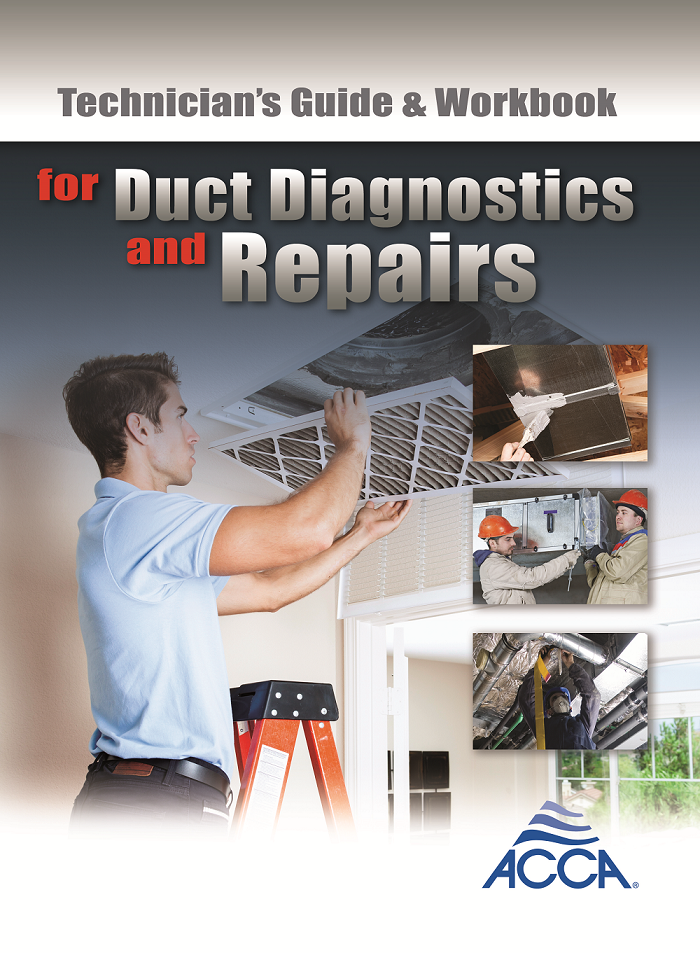
EXAMPLE
In a plant where the value of steam is $10.00 per thousand pounds ($10.00/1,000 lb), an inspection program indicates that a trap on a 150-pound-per-square-inch-gauge (psig) steam line is stuck open. The trap orifice is 1/8 inch in diameter. The table shows the estimated steam loss as 75.8 pounds per hour (lb/hr). After the failed trap is repaired, annual savings are:Annual Savings = 75.8 lb/hr x 8,760 hr/yr x $10.00/1,000 lb = $6,640
STEAM TRAP TESTING FACTS
Steam traps are tested to determine if they are functioning properly and not cold plugging or failing in an open position and allowing live steam to escape into the condensate return system. There are four basic ways to test steam traps: temperature, sound, visual, and electronic.RECOMMENDED STEAM TRAP TESTING INTERVALS
• High-Pressure (150 psig and above): Weekly to Monthly• Medium-Pressure (30 to 150 psig): Monthly to Quarterly
• Low-Pressure (below 30 psig): Annually
Suggested Actions
Steam traps are tested primarily to determine whether they are functioning properly and not allowing live steam to blow through.• Establish a program for the regular systematic inspection, testing, and repair of steam traps.
• Include a reporting mechanism to ensure thoroughness and to provide a means of documenting energy and dollar savings.
Resources
U.S. Department of Energy (DOE)- DOE’s software, theSteam System Assessment ToolandSteam System Scoping Tool, can help you evaluate and identify steam system improvements. In addition, refer toImproving Steam System Performance: A Sourcebook for Industryfor more information on steam system efficiency opportunities.Visit the BestPractices Website at www.eere.energy.gov/industry/bestpractices to access these and other energy efficiency resources.
Reprinted from Steam Tip Sheet #1, “Inspect and Repair Steam Traps,” from the U.S. Department of Energy’s Office of Energy Efficiency and Renewable Energy. For more information, visit www.eere.energy.gov.
Publication date:04/05/2010


